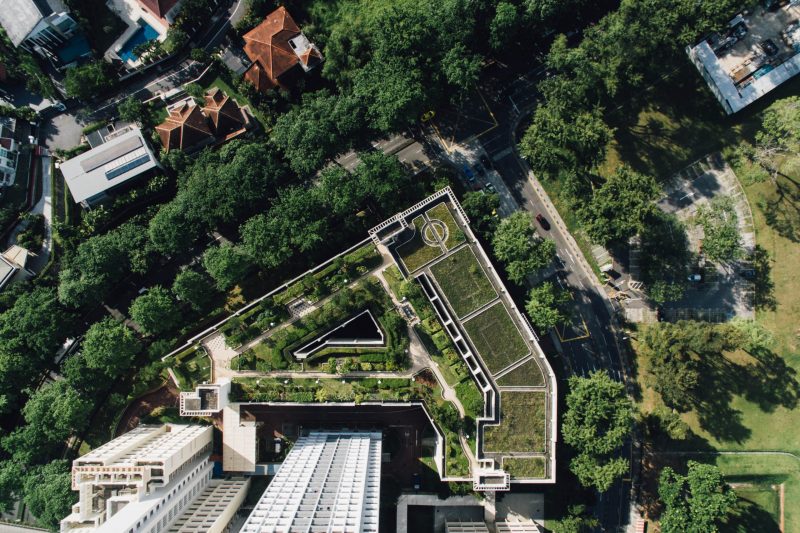7 sustainable construction trends
Posted: January 27th, 2020
‘Sustainable’ is a buzz word in the construction industry. You can say the same for ‘green’, ‘environmental’ and ‘eco’. As we evolve and with extensive science to lead us, there is clearly no other path to take. Sustainability is the way of the future.
Integrating sustainable practices into your business makes your service more desirable. Especially to a market who are hungry to know that you can create their projects with green practices, renewable resources and eco-friendly materials.
Technology is continuously advancing. So to ensure you stay ahead of the pack we detailed a few of the most important trends you should be aware of.
1. Recycle waste
The construction industry can create a lot of waste, whether incidental or as a result of poor planning. An essential part of creating a sustainable business practice is to look at the waste you create. From timber to concrete and metal, what of this ‘waste’ can be reused and recycled? This mindset is especially important to apply if part of your project involves demolishing an existing abode in order to make way for another. Can you recycle parts of the original structure and use them in the new? Once you implement these practices, a circular construction model will develop. Where you don’t throw out the old, instead, you reuse them to create the new.
2. Renewable energy
Renewable energies such as wind, solar and electricity are becoming a primary focus in construction. Both in structures that are being built but also in the process of building these structures. On a residential scale, we see solar panels being incorporated into builds in order to create homes that have net-zero energy houses. In the construction phase, it is common for tools to get power from portable solar panels on-site, or by panels that are attached to cars.
3. Energy efficiency
When not creating energy-efficient new buildings, the construction industry is focusing on improving the energy state of existing buildings. This means updating features like insulation to reduce heating and cooling expenses. Making sure that any repairs are done so with sustainable or recycled building materials is also a great way to minimise the energy consumption of an existing building.
4. Using BIM to reduce construction site footprints
Building Information Modelling (BIM) is the latest tool driving a reduction in construction practises that aren’t as energy efficient as they could be. BIM allows the user to streamline the entire workflow of a project from the beginning to end, with realtime adjustments. Builders calculate the estimated footprint of all materials and can set targets for various stages of a project. BIM also helps organise workflow in the most efficient manner to shorten timelines and ultimately reduce the final energy consumption of a project.
5. Zero-net Energy Buildings
A zero-net energy building is a structure that produces as much energy as it consumes. The most common way to achieve this is to add solar panels to your build. However, on a larger commercial building, wind power is also an option. With a goal to be zero-net energy, buildings with sustainable goals likely also have selected energy-efficient appliances, along with an energy-conscious design.
6. Green roofs
Green roofs are a commercial trend, that while are still very prevalent in that sector are also slowly starting to spill over into residential construction. The concept is to use plant material to partially or totally cover the roof in order to aid in keeping the building cool. The impact a green roof has on a building energy consumption can be great, as a building with a green roof costs substantially less to cool.
7. Employee health
While sustainability mainly focuses on creating green buildings with environmentally friendly practices, human health is also becoming an equally important factor. Ensure your employees are happy, healthy and well cared for promotes creativity and foster a site that doesn’t cut corners. Which in turns creates more work, and subsequently a higher carbon footprint, further down the line.
